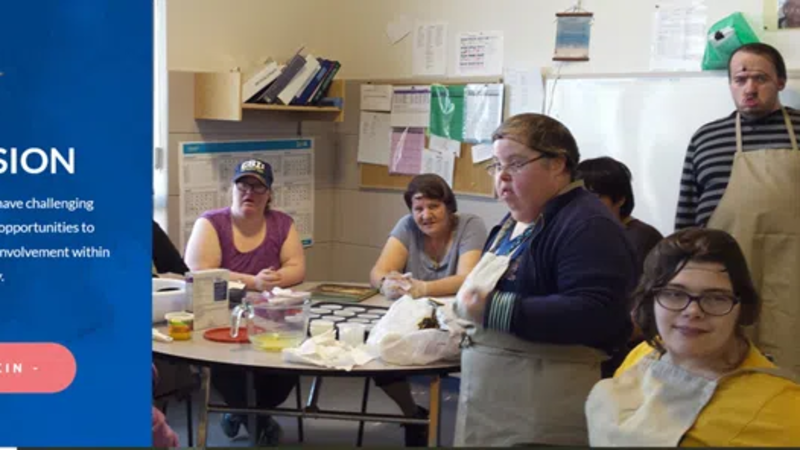
FAA defends its reliance on aircraft makers to certify jets
WASHINGTON — Under fire from lawmakers on Capitol Hill over the two deadly Boeing crashes, the head of the Federal Aviation Administration on Wednesday defended the agency’s practice of relying on aircraft makers to help certify their own planes for flight.
Acting FAA Administrator Daniel Elwell said the strategy has “consistently produced safe aircraft designs for decades.” And he said the agency would need 10,000 more employees and an additional $1.8 billion a year to do all the work now done by designated employees of the companies it regulates.
Under the self-certifying program, these employees perform tests and inspections needed to win safety approvals, with the FAA overseeing their work. The approach is credited with holding down government costs and speeding the rollout of new models.

